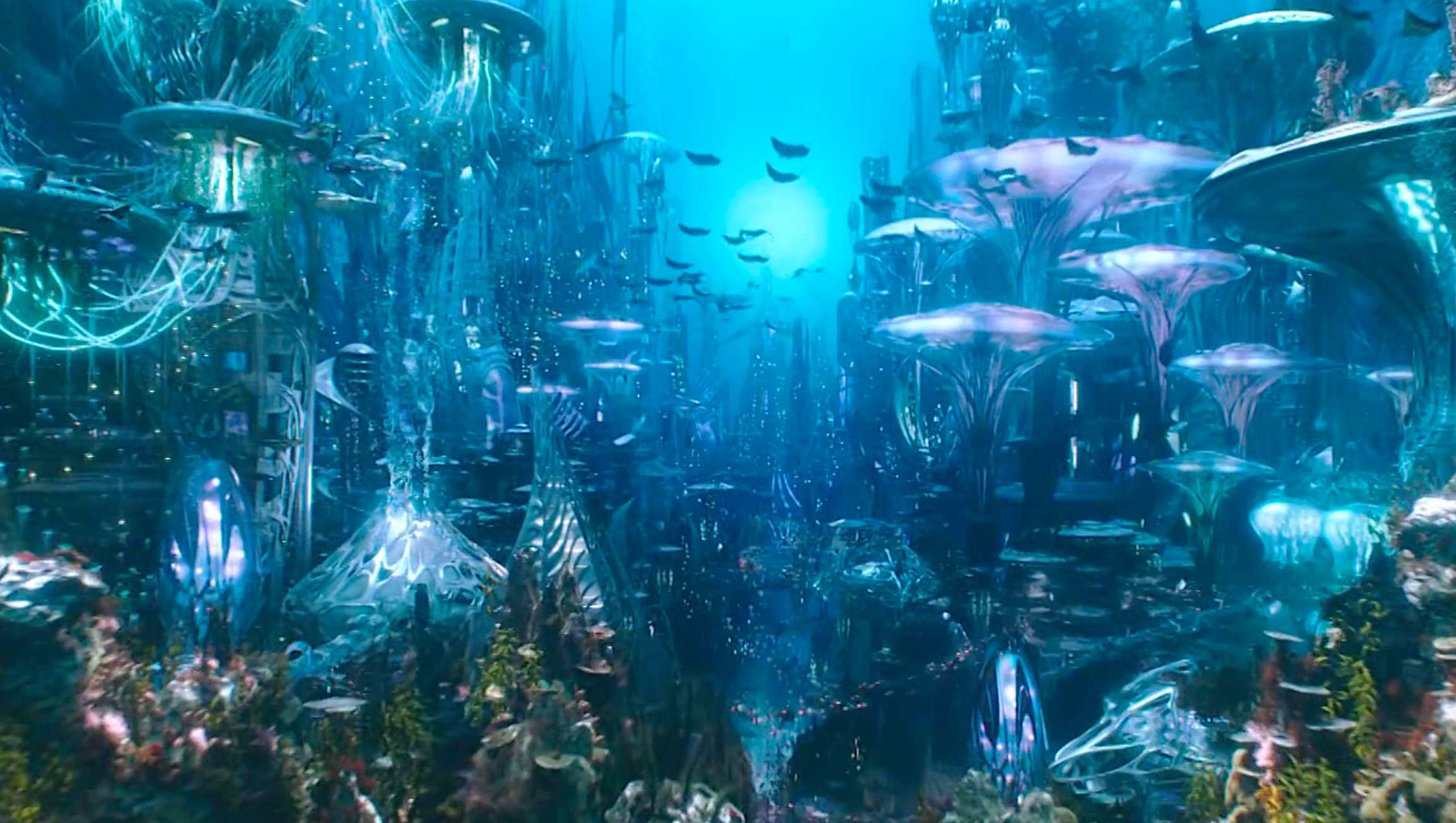A real-life Atlantis existed in Florida, and it was ruled by fish

Maybe Aquaman wasn’t wielding his trident there, but the southern coast of Florida was once a different kind of Atlantis.
The Calusa people couldn’t breathe underwater. Their kingdom was not made of underwater castles. What they did do was defy assumptions of how ancient seaside civilizations not only survived, but thrived on the fish that sustained them for centuries (Calusa means “fierce people,” after all). But wait. How could a tribe who relied on fish as their main food source store them all before they started rotting? Now a new discovery has brought the answer to the surface.
Seashells were everything to the Calusa. They were thought to be the first people to collect shells, using them as tools or utensils or weapons, wearing them as jewelry and decorating their shrines with them. Entire cities were built on mounds of mud and shells. What other landlocked tribes might have left behind in pottery, the Calusa left in shells. William Marquardt, curator emeritus of South Florida Archaeology and Ethnography at the Florida Museum of Natural History, and his research team discovered that shells were also used to build structures called watercourts where fish were kept alive before being eaten.
“What makes the Calusa different is that most other societies that achieve this level of complexity and power are principally farming cultures,” said Marquardt, who recently published a study in PNAS. “For a long time, societies that relied on fishing, hunting and gathering were assumed to be less advanced … [but] the Calusa developed a politically complex society with sophisticated architecture, religion, a military, specialists, long-distance trade and social ranking — all without being farmers.”
At least without being farmers on land. The way they farmed fish was remarkable. Oyster shells were the foundation of watercourts. The largest of these rectangular structures had 36,000 square feet of storage room and were guarded by embankments of shells and sediment around three feet high. It wasn’t as easy as just throwing fish in there for a few hours until it was time for dinner. Keeping these watercourts going required an advanced understanding of the changes in tides from day to night and season to season. The Calusa had thorough knowledge of hydrology, or the study of water and all its properties and behaviors. Hydrology requires a knowledge of the water cycle, from inflows and outflows to evaporation, rain and back again.
Not only do you have to understand water to understand fish, but you have to have biological knowledge of the actual fish. How fish swim, what they feed on, and where they tend to accumulate all influence efficient fishing practices. Catching as much surplus as possible was important to feed the entire population. The Calusa also knew which species swam in schools, making it easier to snag many at once.
“These structures were for large surplus capture and storage of aquatic resources that were controlled and managed by corporate groups,” Marquardt said in the study.
Fishing was also less time-consuming than hunting and gathering things that might have been hiding in the jungle and taken hours to track and chase. This left them the Calusa time to develop a tiered society ruled by a complex governmental system that was the most sophisticated in the region. At the head of this government was the chief, who not only had the last word on everything but also the final say on which of his subjects lived and died. He was also believed to be able to communicate with powerful spirits who would help him ensure that his society continued to thrive. They also held elaborate religious rituals (this is where some of those seashell ornaments came in) in a spacious temple at the city center.
If the Calusa were so ahead of their time, why did they go extinct? Unfortunately, the Spaniards who sailed to the New World also brought over diseases that ended up wiping them out by the end of the 18th Century, since they were never exposed to these diseases and hadn’t developed an immunity. But now we know that — in a way — Atlantis was real.
(via The Florida Museum/PNAS)



























